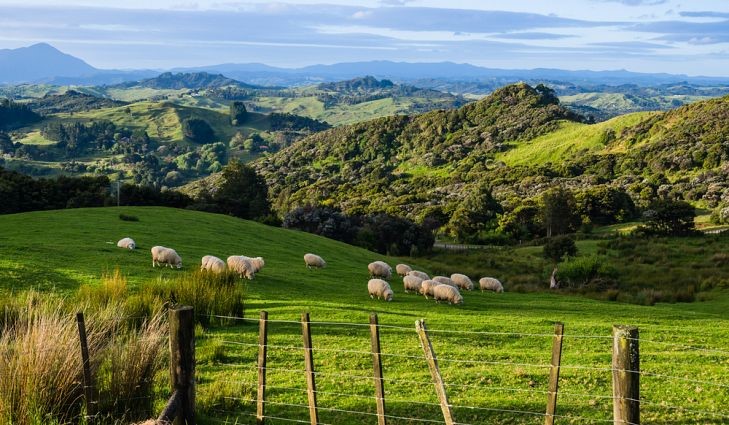The Horehound Biocontrol Group, a collective of farmers whose crops are infested with horehound, have applied to the Environmental Protection Authority to introduce the horehound plume moth and horehound clearwing moth to attack the weed. Its application was supported by the Ministry for Primary Industries’ (MPI) Sustainable Farming Fund.
The two moths attack horehound in different ways. The larvae of the plume moth feed on horehound leaves, while those of the clearwing moth feed on the roots.
The applicant group noted a recent survey estimating horehound costs to New Zealand dryland farmers at almost $7 million a year.
The weed is a serious threat to the viability of some farms, it is said, as it establishes strongly in hill and high-country, especially when the valuable crop, lucerne, is dormant in the winter. One farmer noted that horehound quickly grows out of control, resulting in lucerne paddocks failing well before their expected 10-year life cycle.
“The EPA received 40 submissions on this application, 39 of which were in favour,” noted its General Manager of Hazardous Substances and New Organisms, Dr Fiona Thomson-Carter.
“The Department of Conservation and MPI both supported the application. MPI noted the negative impact of chemicals on the environment where spraying was used, as against the long-term benefits of bio-control.”
A firm that produces medicinal products using horehound weed told the authority harvesting the weed may become difficult if a biocontrol agent was released. But the Decision-making Committee found that, in unmanaged environments, the moths would be the only means used to control horehound, so herbalists should be able to continue their harvesting, which is done by hand.
The committee further noted that farmers and herbalists could come to agreements regarding access to and management of horehound-infested areas to allow harvesting.
“The EPA decision-making committee heard evidence from farmers that lucerne is increasingly being used in the high country to mitigate the effects of drought. They explained that lucerne flourishes in dry conditions, and provides high-quality feed for longer periods than traditional pasture grasses. Farmers see it as an ally in their fight against climate change,” Dr Thomson-Carter said.
“The EPA accepted that there are no native species related to horehound that would be at risk if these two moths were introduced. Both were released in Australia 20 years ago, and there was no evidence of adverse effects on non-target species there.”
In coming to the decision to approve the application without controls, the authority noted that it did not identify any risks to native or taonga species, ecosystems or traditional Māori values, practices, health or well-being.
The Decision-making Committee also concluded that introducing the two moths would curb the vigour and abundance of horehound in New Zealand, thus reducing its progressive invasion of new habitats, and sustaining biodiversity.
The committee further noted the potential beneficial effect of reducing the use of herbicides that can kill native or other beneficial plants when used incorrectly, Dr Thomson-Carter said.
All documents relating to the application can be read HERE.
Source. Environmental Protection Authority












